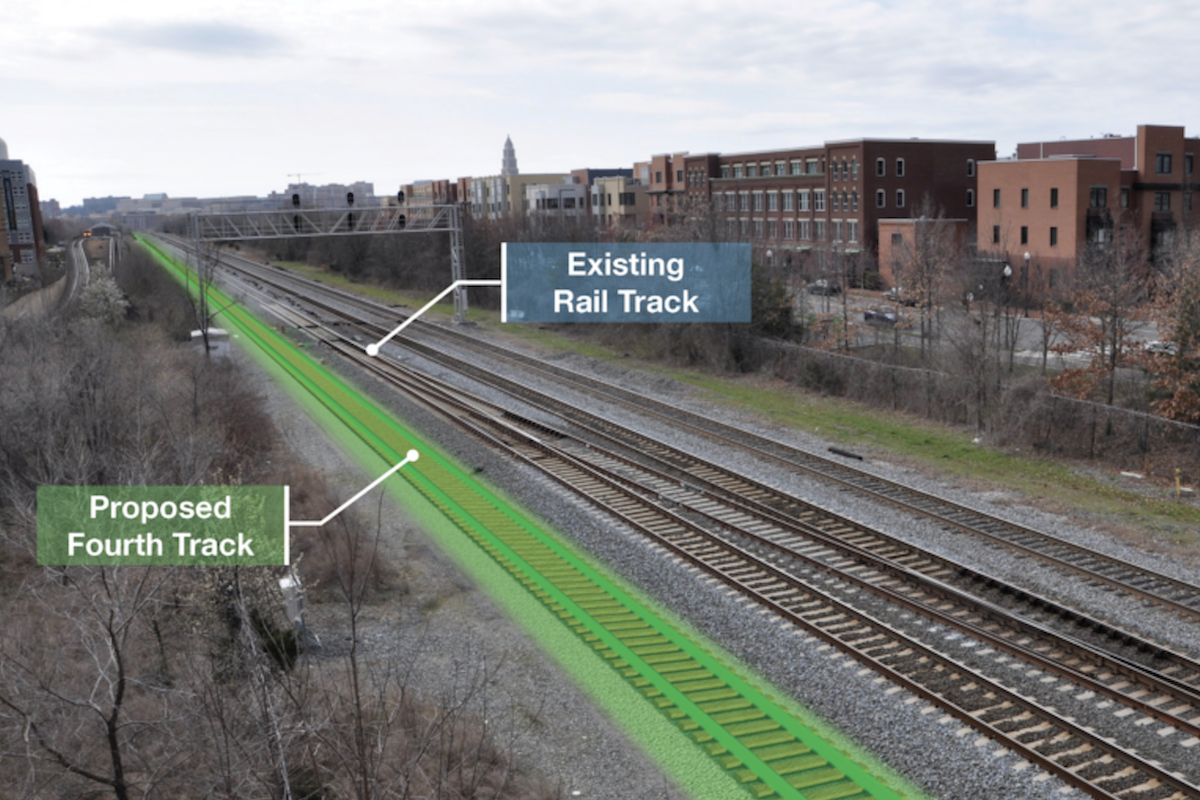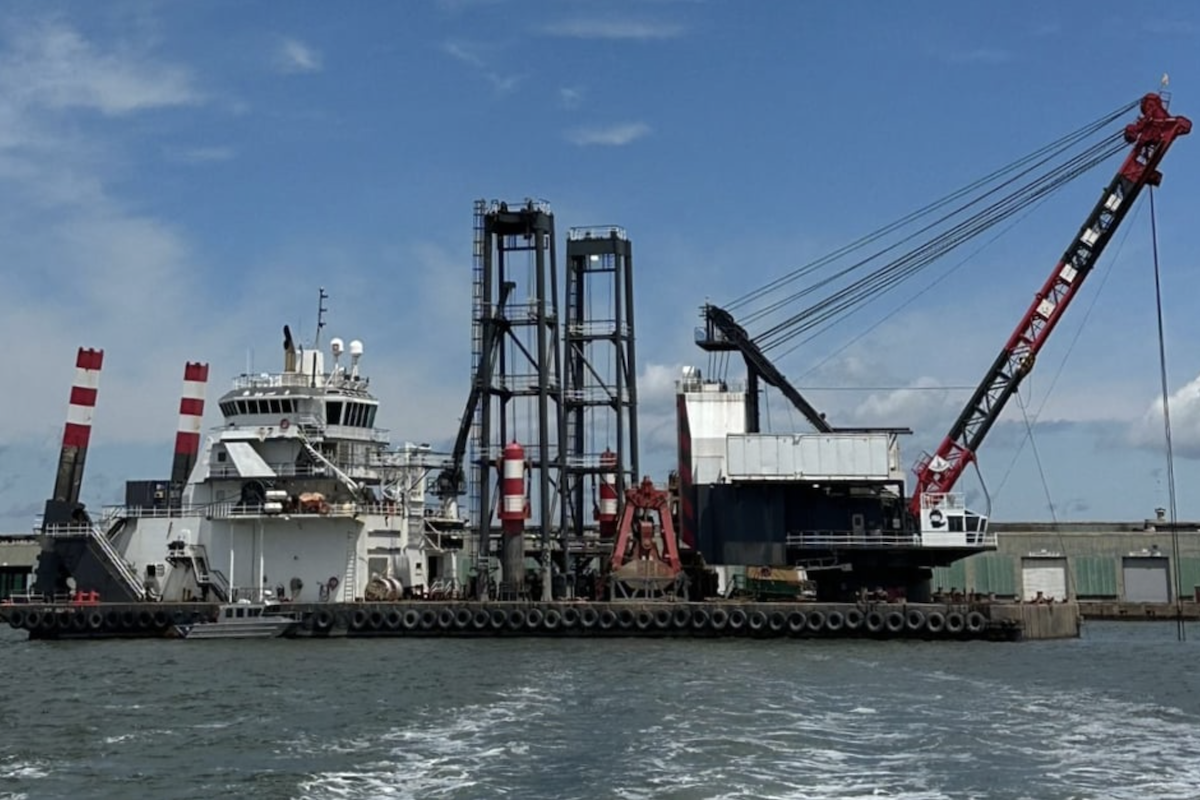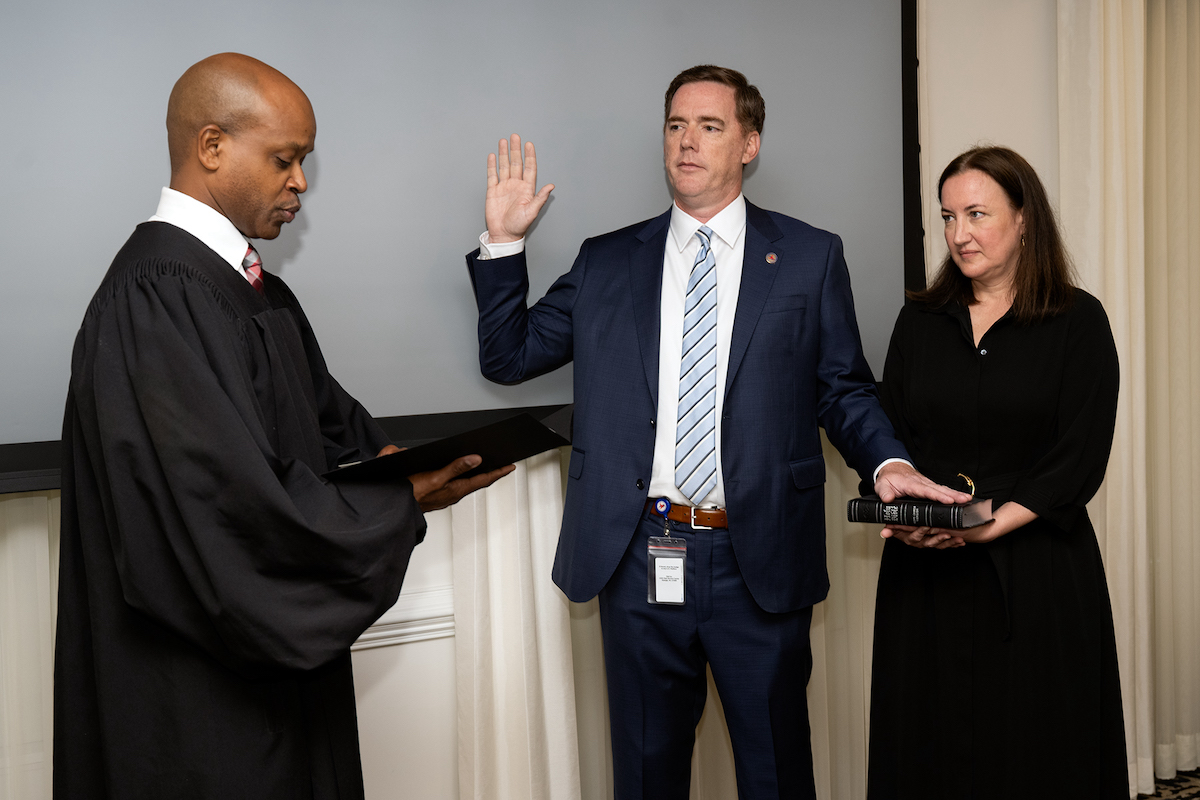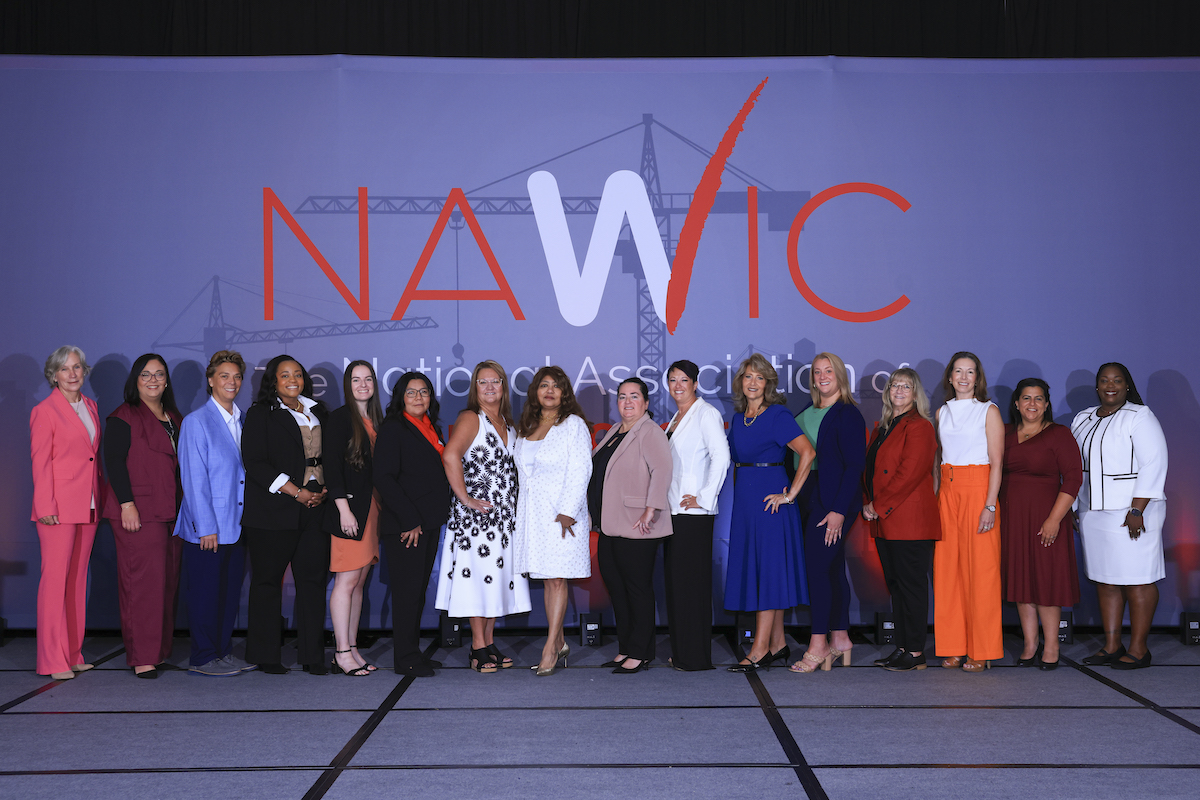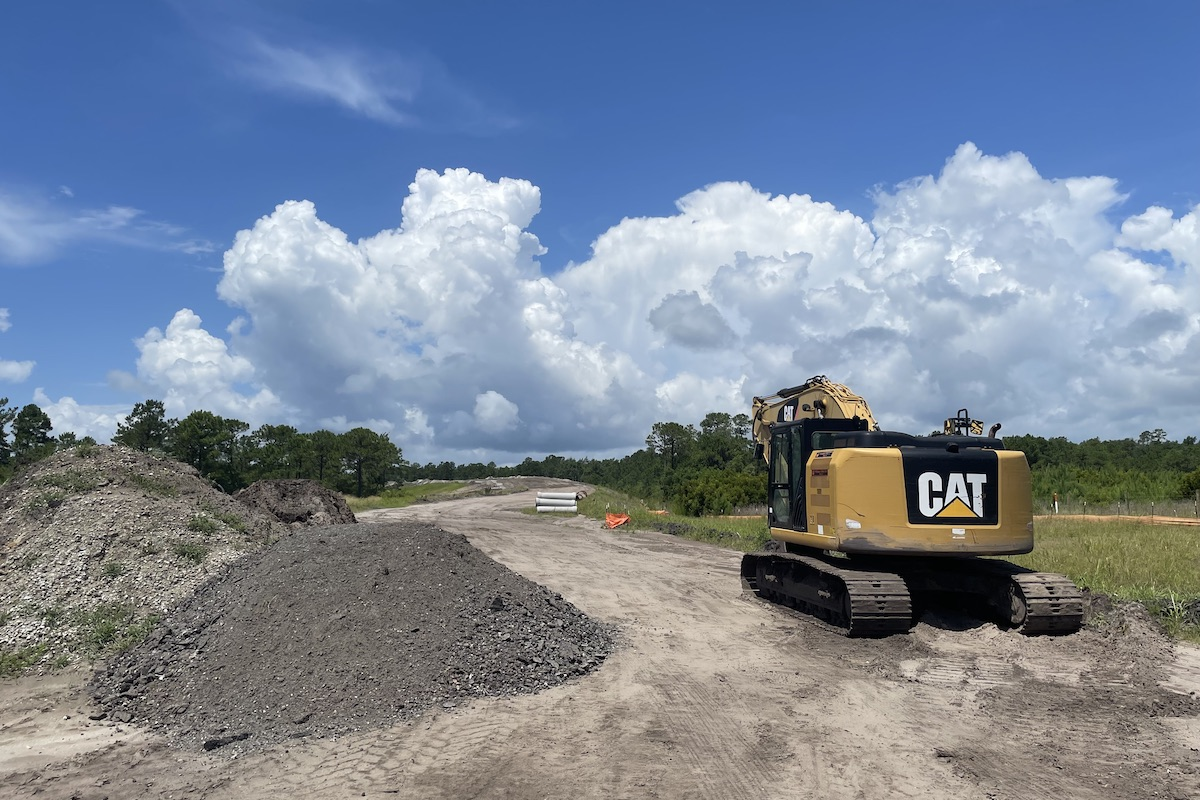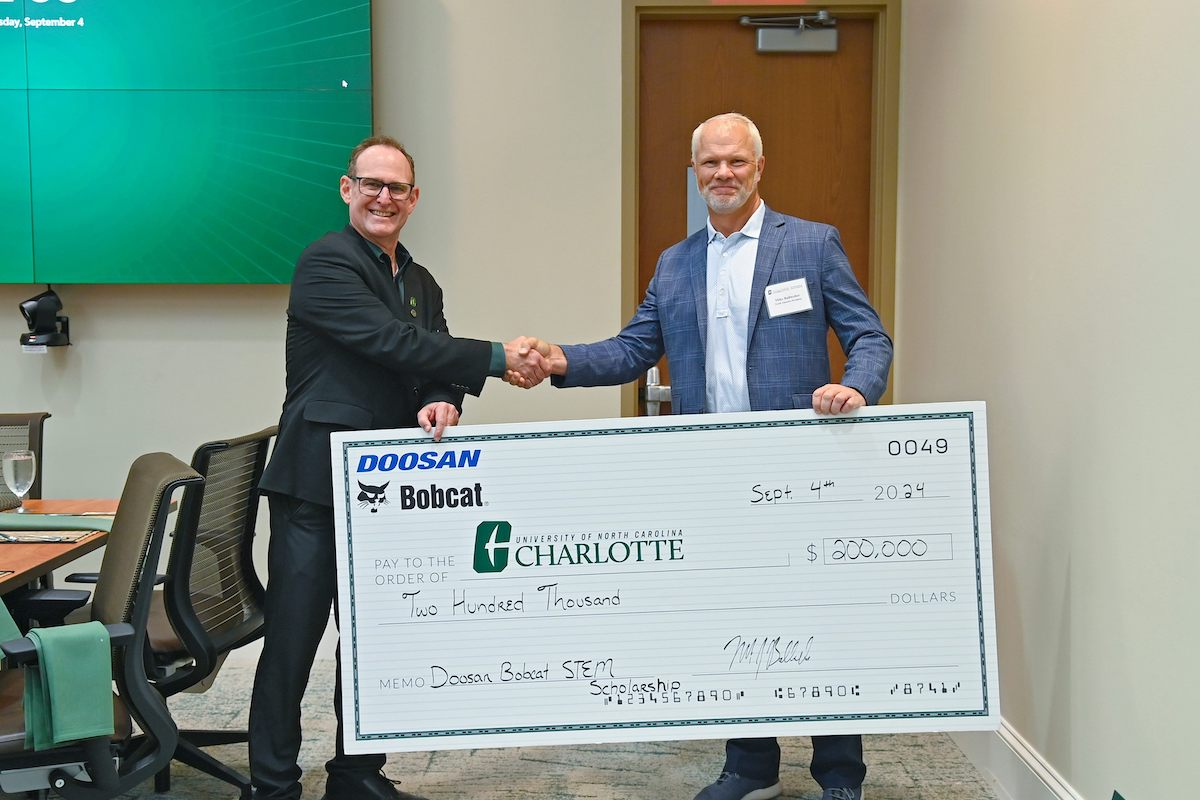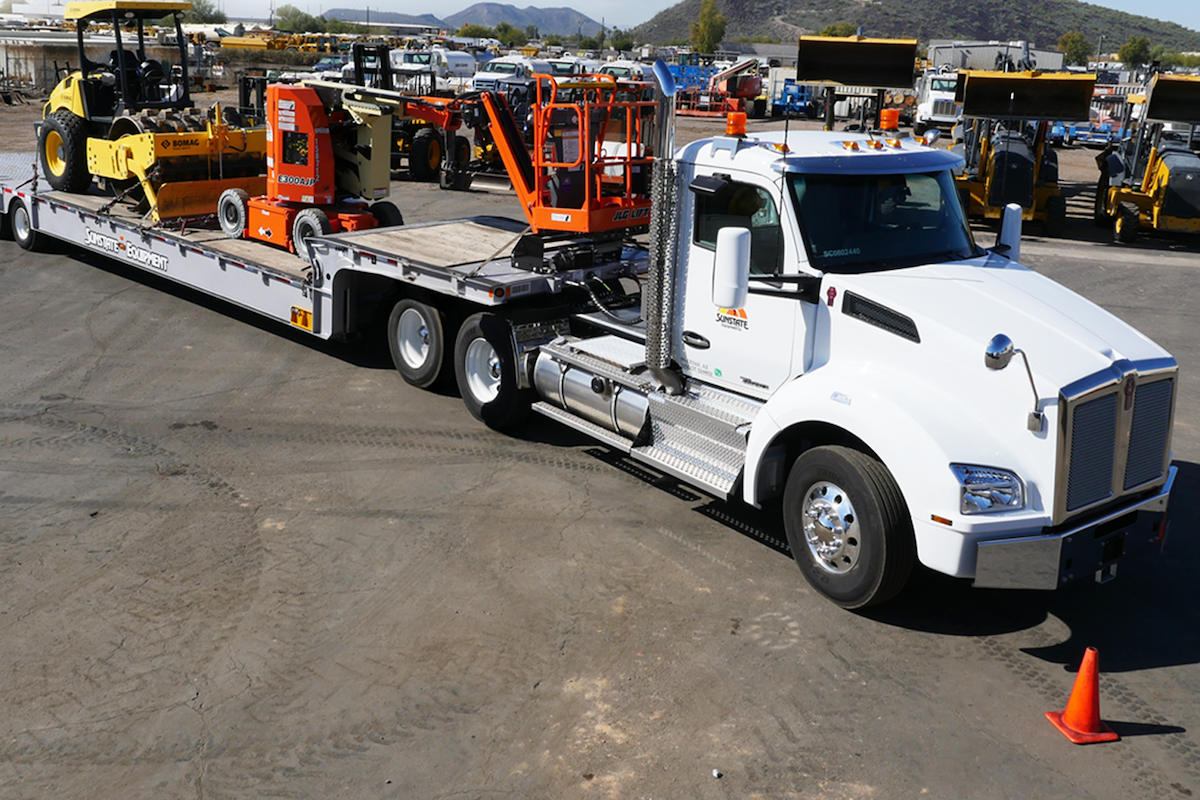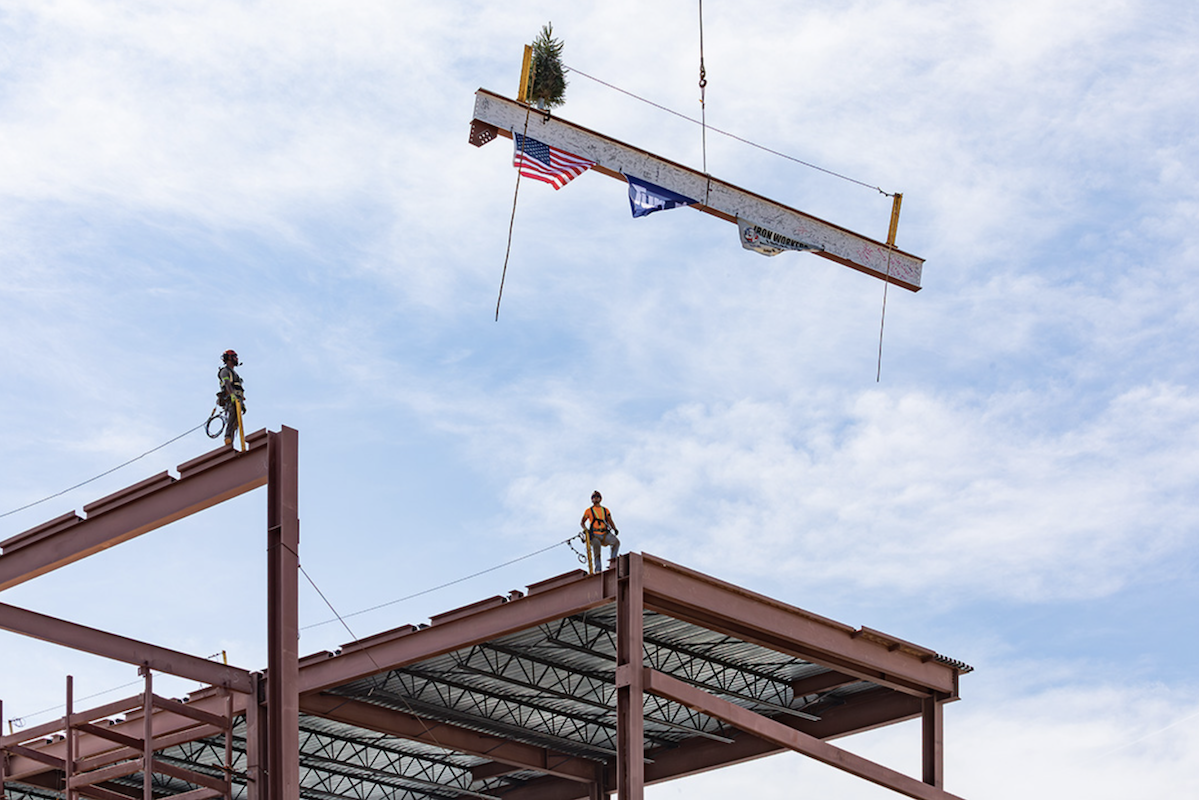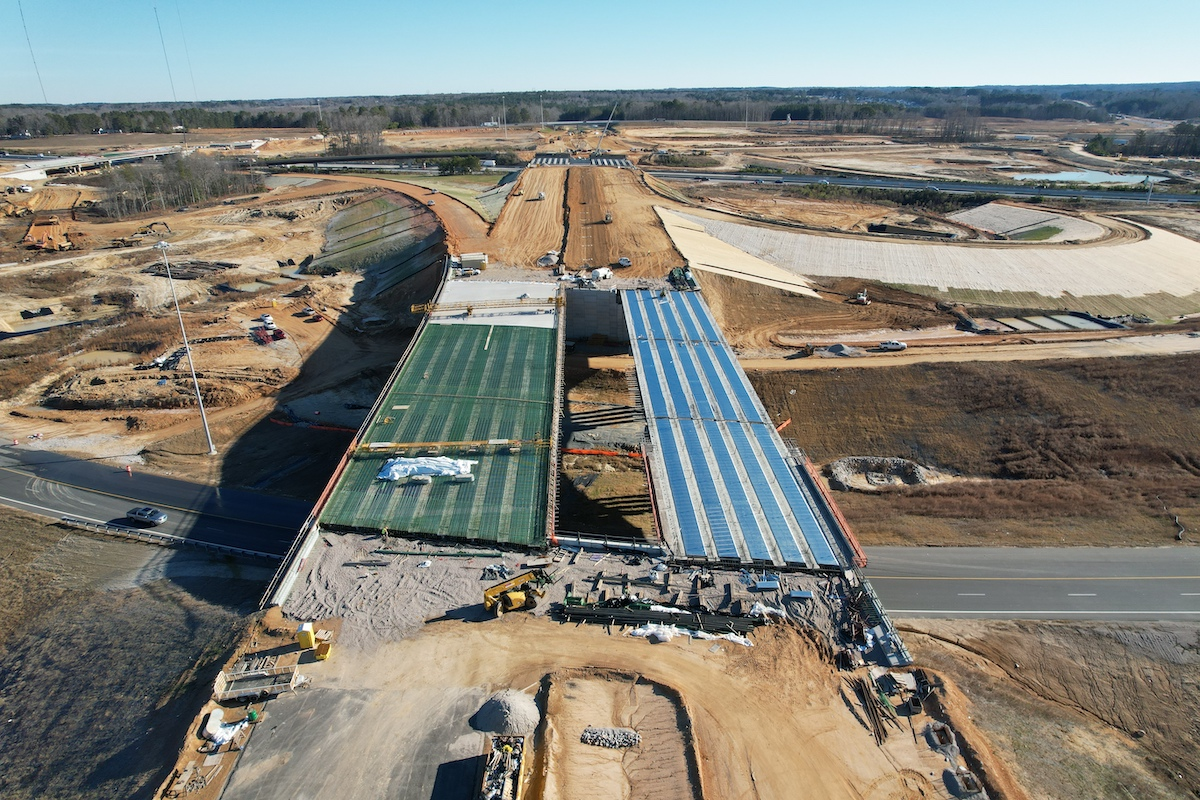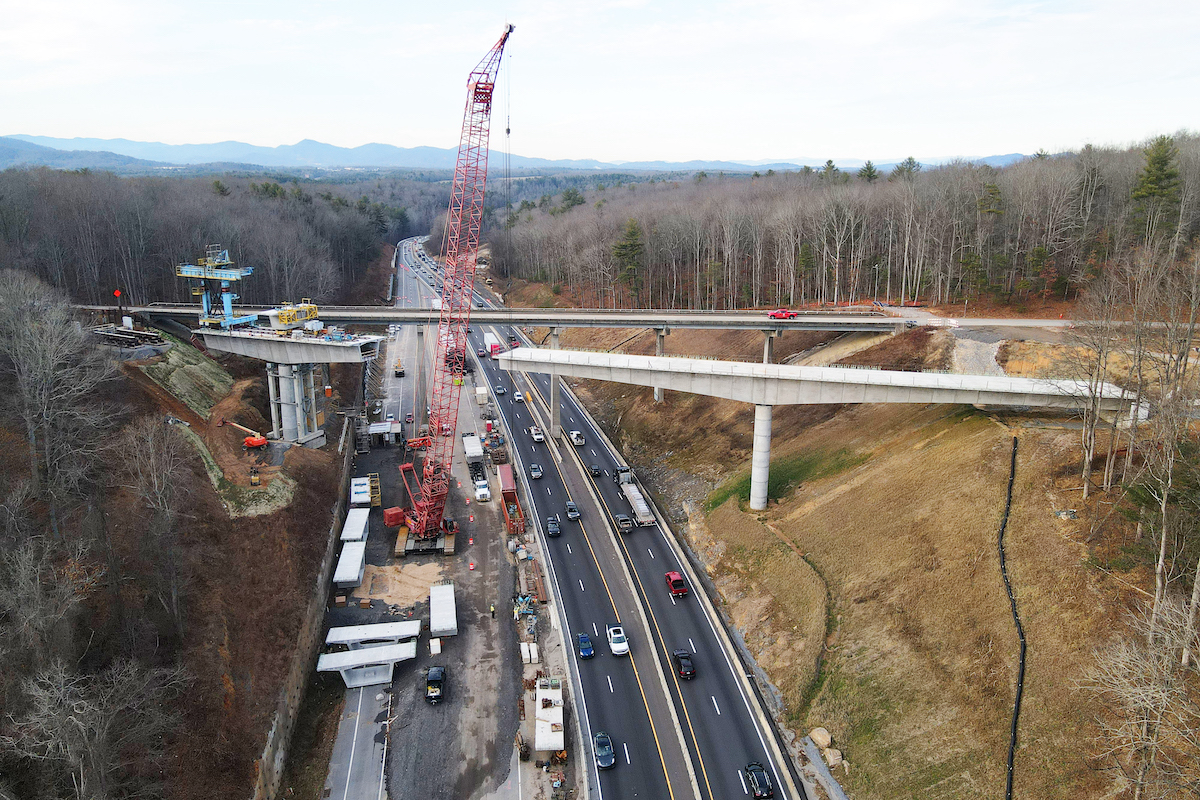The company offered to the relevant authorities a proposal for the design and planning of reconstruction of the bridge, drawn up as a sign of solidarity with the United States, a country where Webuild is well established. The preliminary proposal was drafted in collaboration with Architect Carlo Ratti, Professor at the Massachusetts Institute of Technology, and French Structural Engineer Michel Virlogeux.
“We at Webuild and our U.S. subsidiary Lane are ready to make ourselves available, to quickly restore this strategic bridge for local mobility,” said Webuild CEO Pietro Salini in a letter sent with the project to the U.S. Secretary of Transportation, the Governor of Maryland, and the Director of the Maryland Port Administration. “We are ready to help in any way we can at this stage, in the spirit of pro bono service. The design concept of the bridge that we have been working on incessantly during this last month will represent a key contribution towards the design and reconstruction or new construction of the bridge."
The collapse of the Baltimore Bridge, one of the busiest in the area, had a significant impact on regional and global mobility. “We are aware of the importance of this infrastructure from a logistical and commercial point of view, with more than 1.4 million local residents and tens of thousands of commuters directly affected by the collapse of the bridge,” Salini said. “We previously fielded our expertise on the occasion of the tragic collapse of the Genoa Bridge in Italy in 2018 (made at cost without profit for the group)." Webuild built the new Genoa Bridge in about one year, despite the restrictions imposed during the COVID-19 pandemic, working around the clock, also thanks to the close collaboration with institutions and the support of the civil community.
Webuild’s proposal for Baltimore includes a cable-stayed bridge that also aims to improve several functional aspects, including safety, adaptability, and sustainability. The bridge will be designed to ensure maximum safety for navigation, even for larger ships. It is assumed, for example, that the navigable clearance will be 213 feet, which is much greater than that of the collapsed bridge; but also that the bridge span will be enlarged to about 2,300 feet, with the main pylons positioned in much shallower water and away from the navigation channel. A wider carriageway is also planned, with the increase of one lane in each direction and the widening of emergency lanes, in response to the increased traffic levels on the bridge. The proposed new smart features will also enable safer traffic management and the use of predictive maintenance techniques. Webuild would also envisage the use of more sustainable materials to preserve the ecosystem of the Patapsco River.

| Your local Wirtgen America dealer |
|---|
| Dobbs Equipment (SC) |
“Opting for a cable-stayed solution enables the piles to be positioned at a safe distance, well away from the navigation channel used by large vessels and hence preventing the risk of a tragedy such as the one of March 26 happening again," Ratti said. "This approach also provides a light-weight solution to reconnect two sides of Baltimore, both socially and economically — what American infrastructure should be striving to do in the 21st century."















